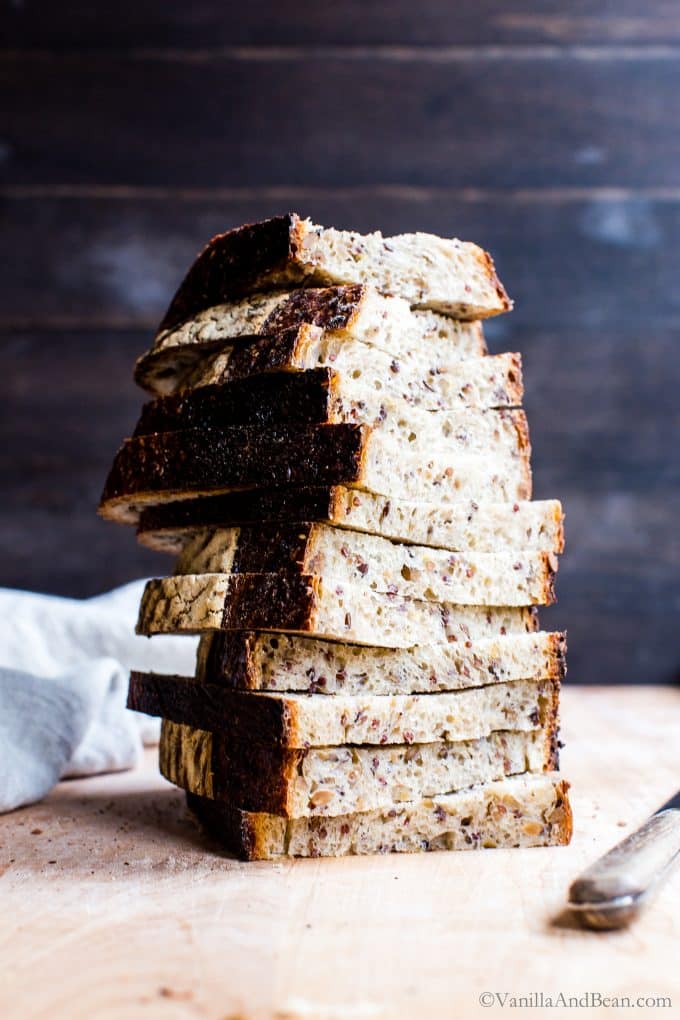Irresistible Sourdough Dutch Oven Recipe: Bake Perfect Artisan Bread at Home
If you’ve ever dreamed of baking a crusty, golden loaf of bread that rivals your favorite bakery, then this sourdough dutch oven recipe is your gateway to a……
If you’ve ever dreamed of baking a crusty, golden loaf of bread that rivals your favorite bakery, then this sourdough dutch oven recipe is your gateway to achieving that dream. With its perfectly crispy crust and soft, chewy interior, sourdough bread is not only a culinary delight but also an art form that anyone can master with a little patience and practice.
### Why Choose Sourdough?
Sourdough bread is unique because it relies on natural fermentation, which gives it a tangy flavor and enhances its nutritional profile. The wild yeast and lactic acid bacteria present in sourdough starter create a complex taste and texture that commercial yeasts simply can’t replicate. Plus, sourdough is easier to digest for many people due to its fermentation process.
### The Magic of the Dutch Oven
Using a dutch oven for baking sourdough bread is a game-changer. The heavy cast iron retains heat exceptionally well, creating a mini-oven environment that traps steam. This steam is crucial for developing a crunchy crust while keeping the inside moist. The result? A loaf that looks and tastes like it came straight from a professional bakery.
### Ingredients You'll Need
To get started with this sourdough dutch oven recipe, gather the following ingredients:
- **500g Bread Flour**: This provides the structure and chewiness.
- **350g Water**: Use room temperature or slightly warm water to help activate the starter.
- **100g Sourdough Starter**: Make sure your starter is active and bubbly.
- **10g Salt**: Enhances flavor and strengthens the dough.
### Step-by-Step Instructions
1. **Mix the Dough**: In a large mixing bowl, combine the bread flour and water. Stir until there are no dry bits left. Add the sourdough starter and salt, mixing until fully incorporated.

2. **Bulk Fermentation**: Cover the bowl with a damp cloth and let it rest at room temperature for about 4-6 hours. During this time, perform stretch and folds every 30 minutes for the first 2 hours. This helps develop gluten and strength in the dough.
3. **Shape the Dough**: After the bulk fermentation, turn the dough onto a lightly floured surface. Gently shape it into a round loaf, being careful not to deflate it too much.
4. **Second Rise**: Place the shaped dough into a well-floured proofing basket or bowl. Cover it and let it rise for another 1-2 hours, or until it has visibly puffed up.
5. **Preheat the Dutch Oven**: About 30 minutes before baking, preheat your oven to 450°F (232°C) with the dutch oven inside. This ensures that the pot is hot enough to create steam when the dough is added.
6. **Bake the Bread**: Carefully remove the hot dutch oven from the oven. Gently flip the proofed dough onto a piece of parchment paper and score the top with a sharp knife or razor blade. This allows the bread to expand while baking. Place the dough (with the parchment) into the dutch oven, cover it with the lid, and return it to the oven.
7. **Final Baking**: Bake covered for 30 minutes, then remove the lid and bake for an additional 15-20 minutes, or until the crust is deep golden brown.

8. **Cool and Enjoy**: Once baked, remove the bread from the dutch oven and let it cool on a wire rack for at least an hour before slicing. This allows the crumb to set properly.
### Conclusion
This sourdough dutch oven recipe is perfect for both beginners and seasoned bakers. With just a few simple ingredients and some time, you can create a loaf that will impress your family and friends. The aroma of freshly baked sourdough will fill your kitchen, making it a truly rewarding experience. So, roll up your sleeves and embark on your sourdough baking journey today!